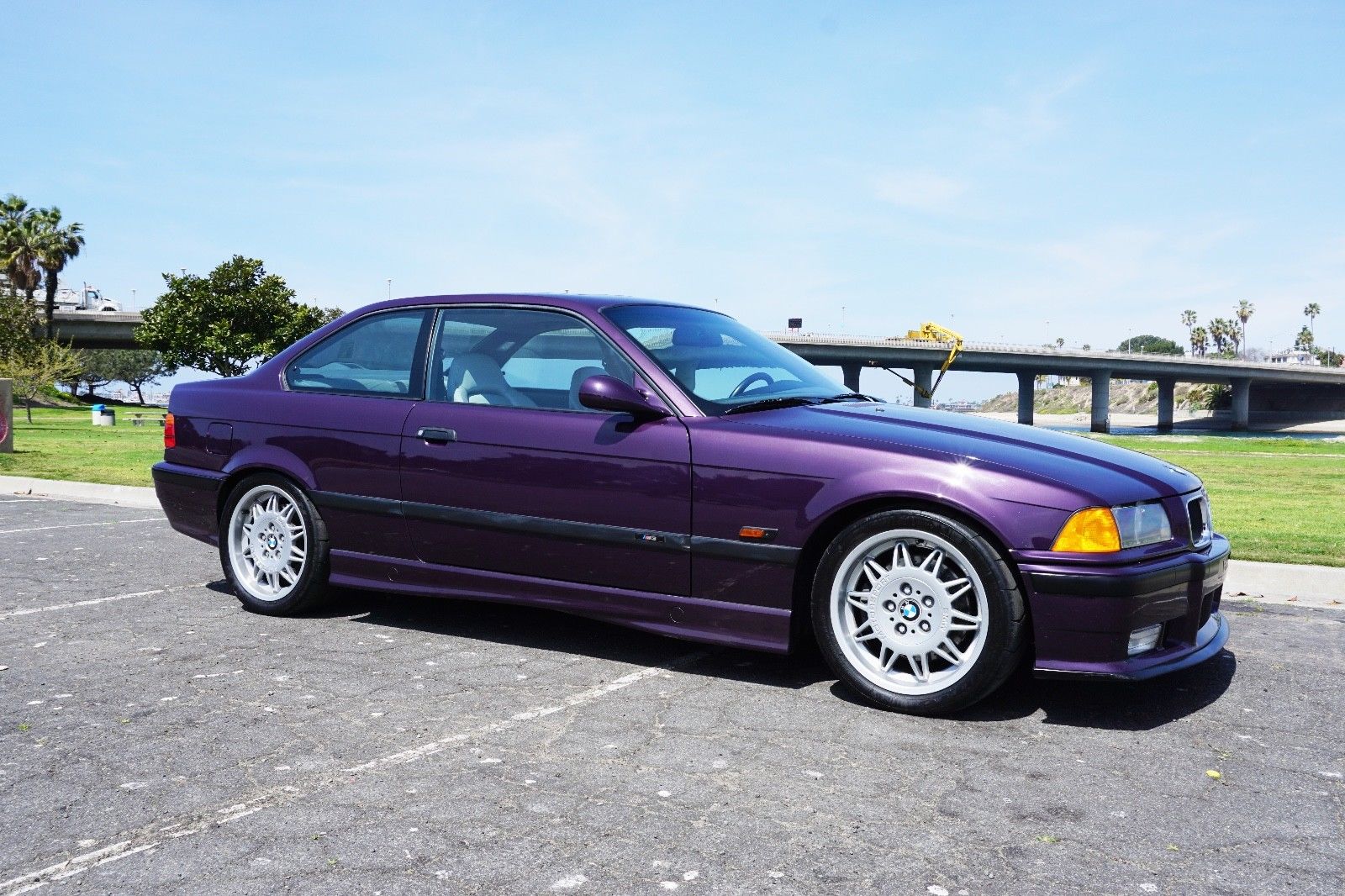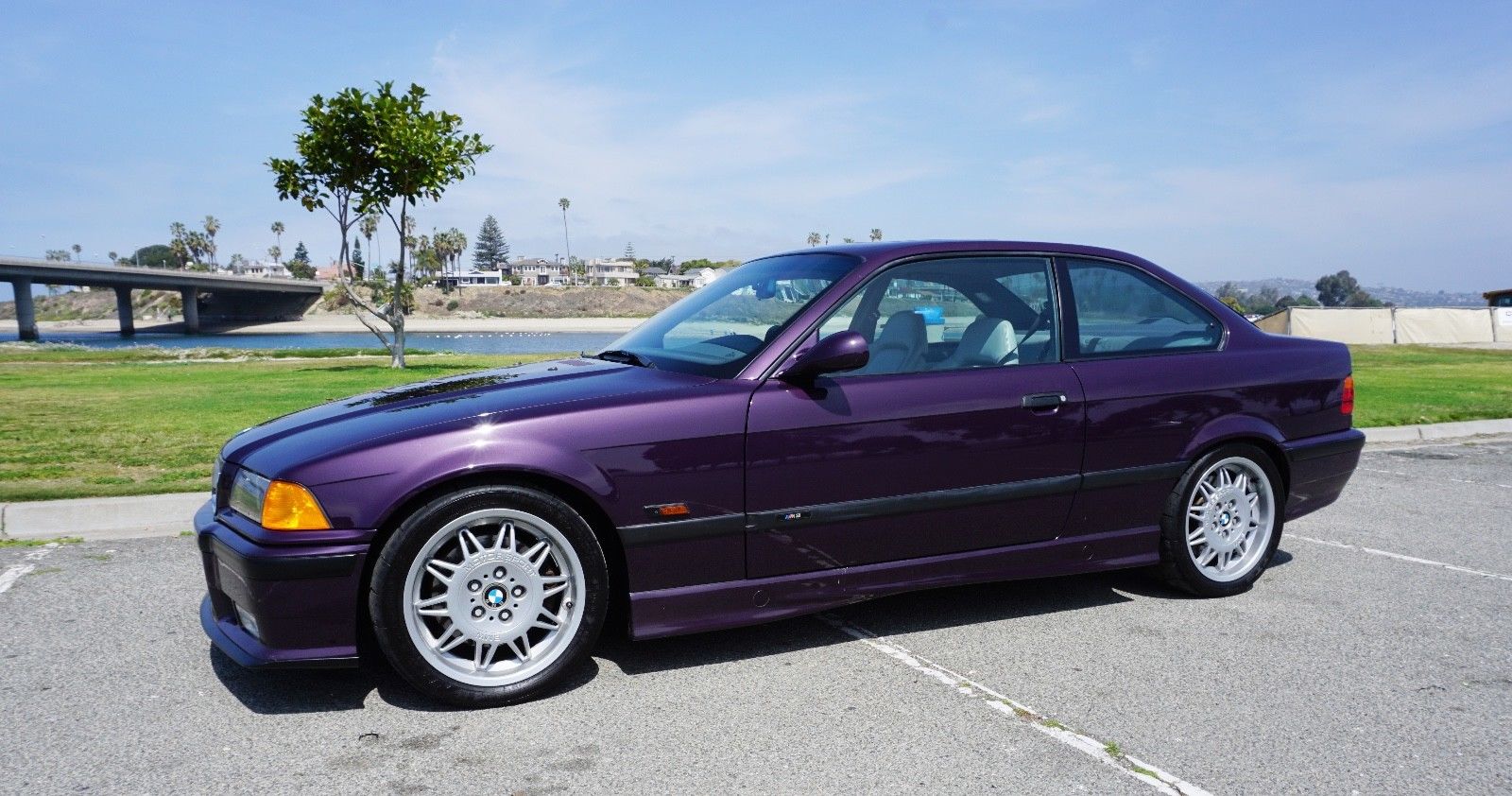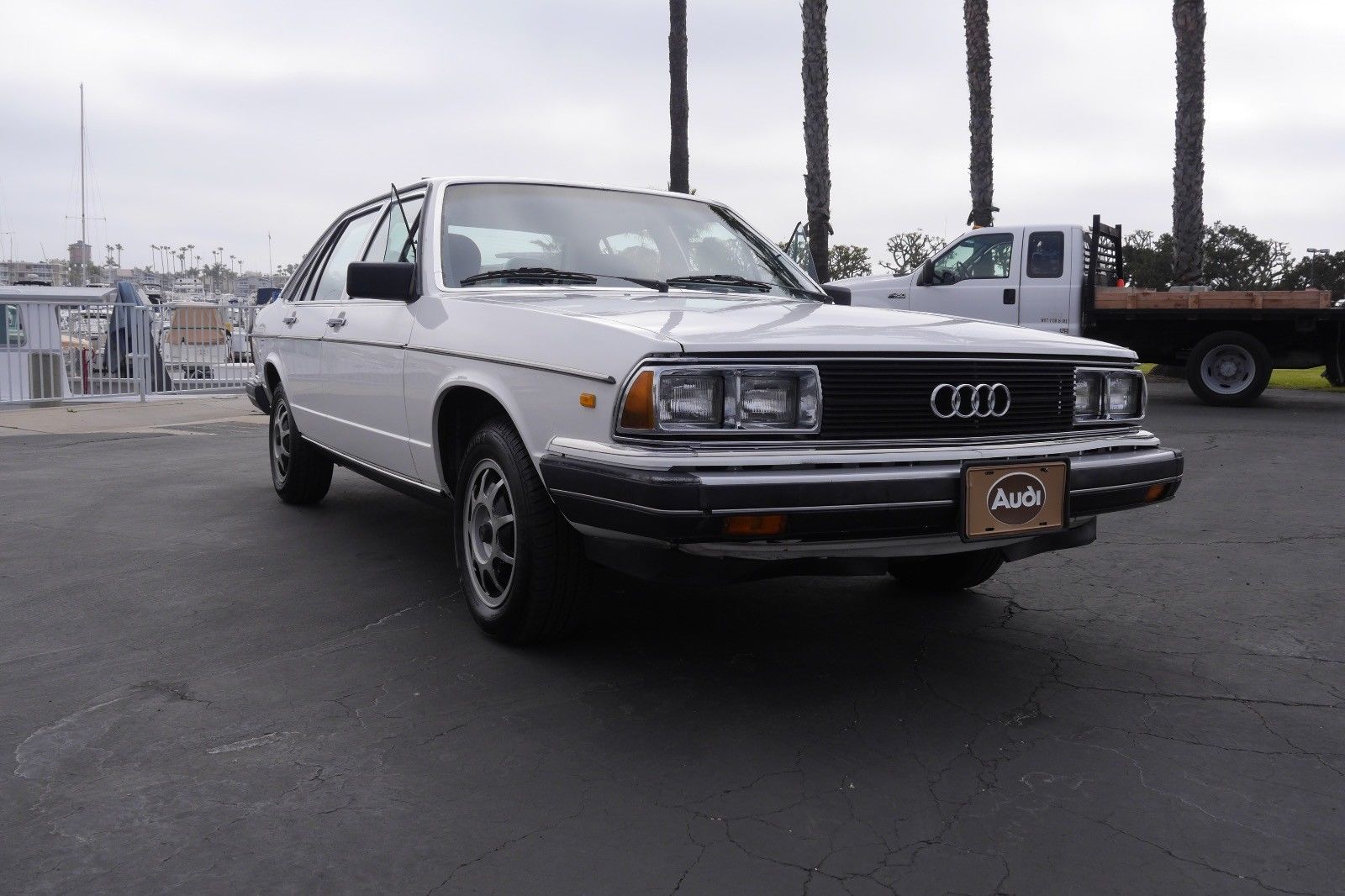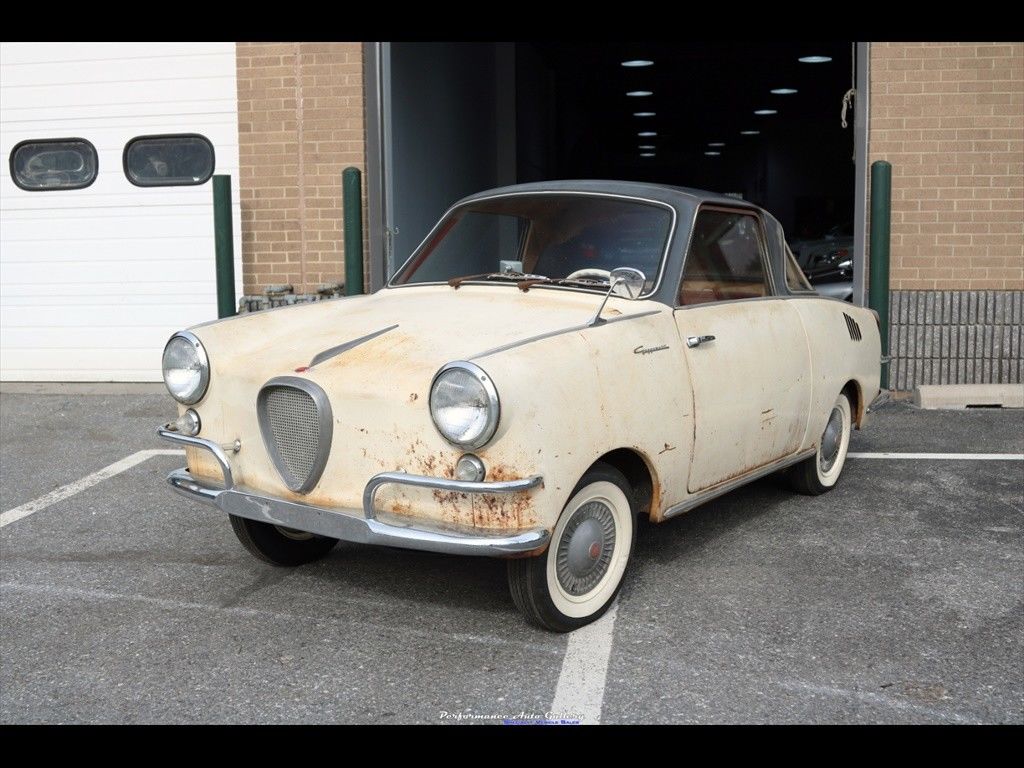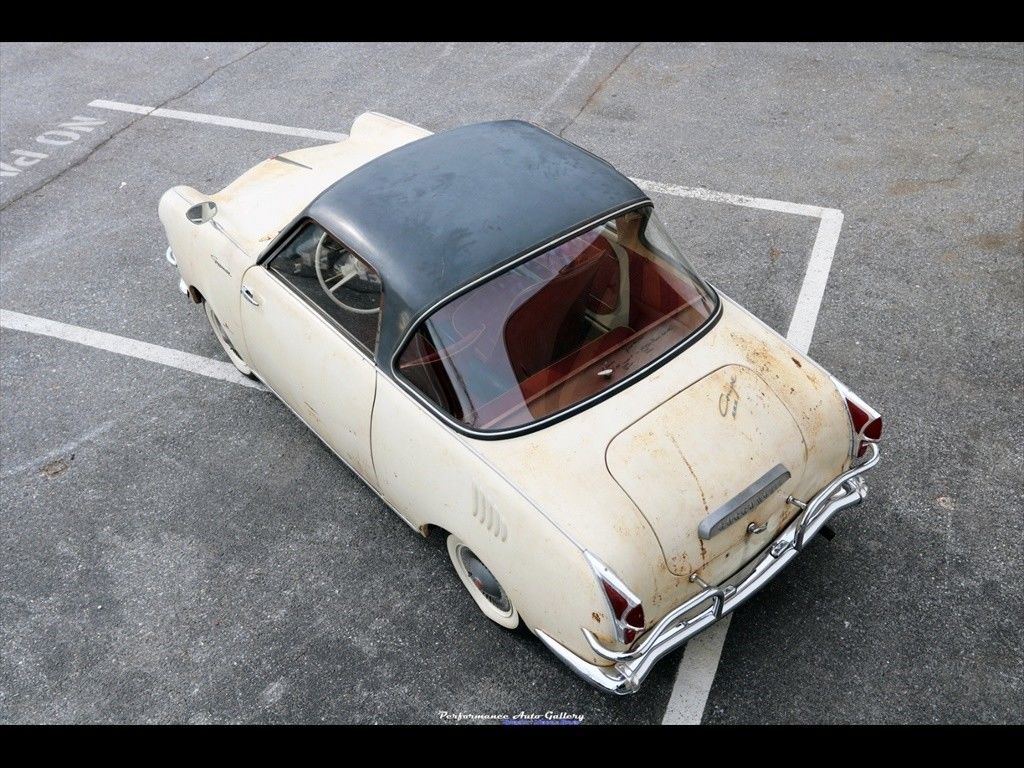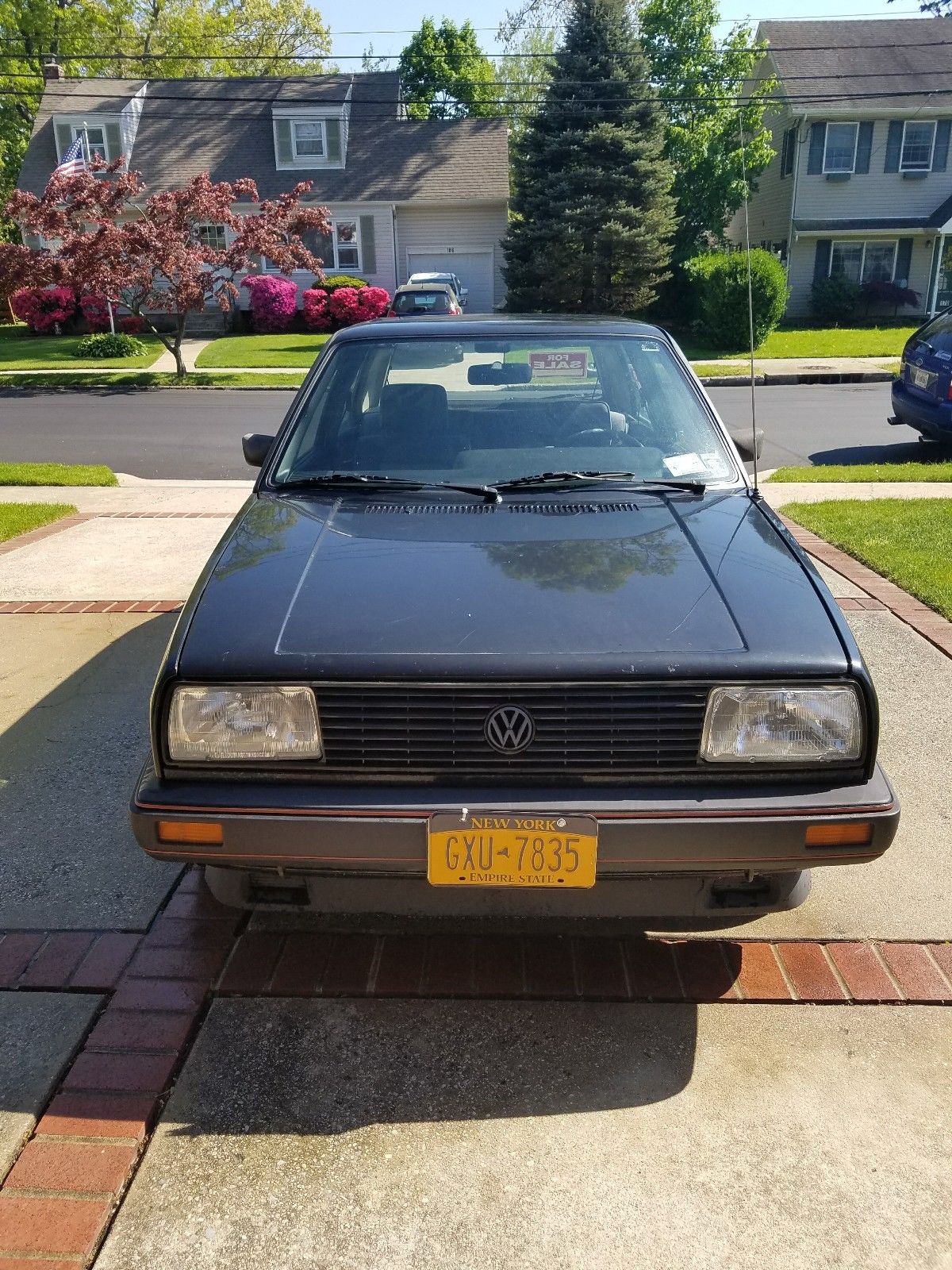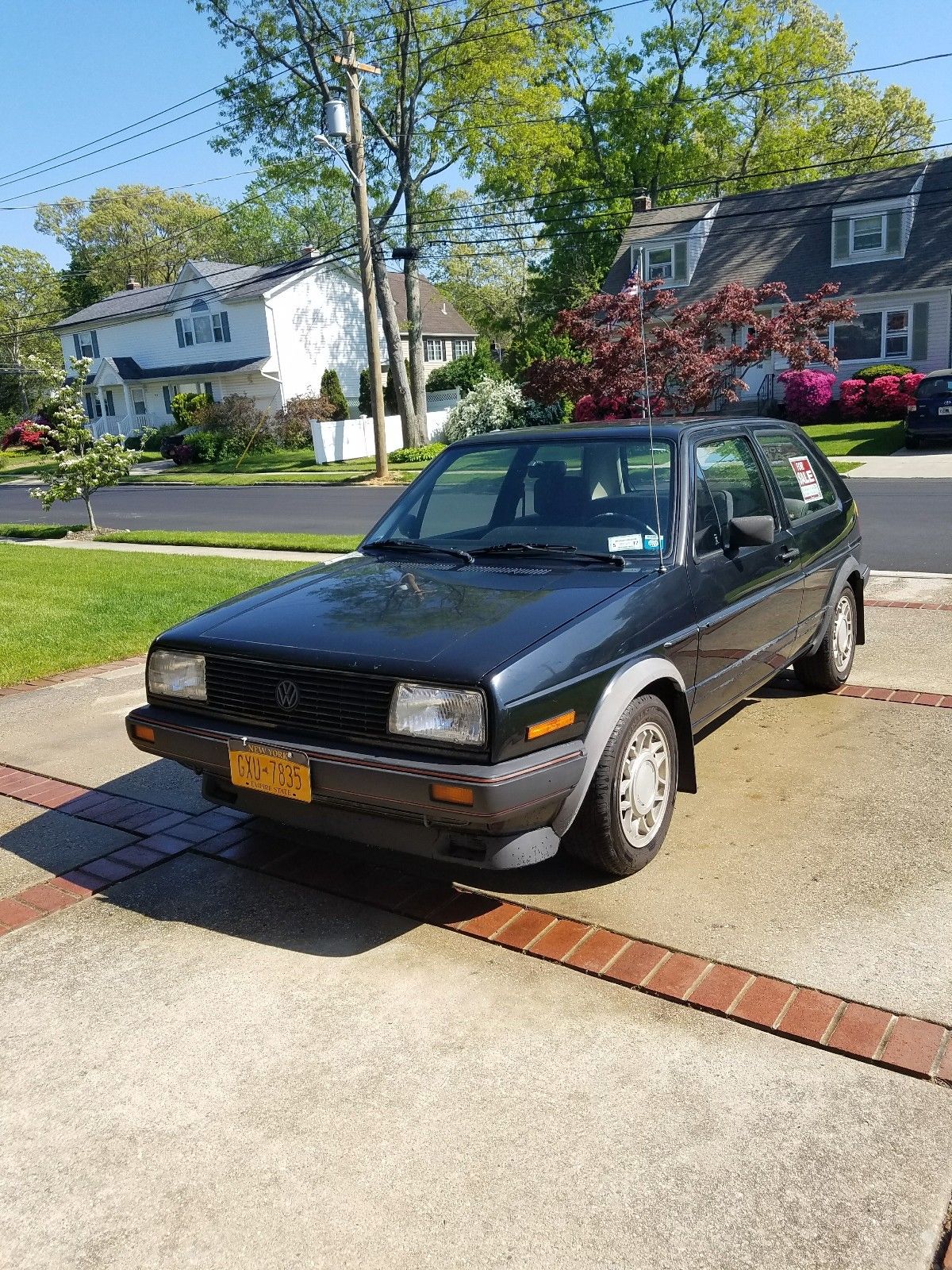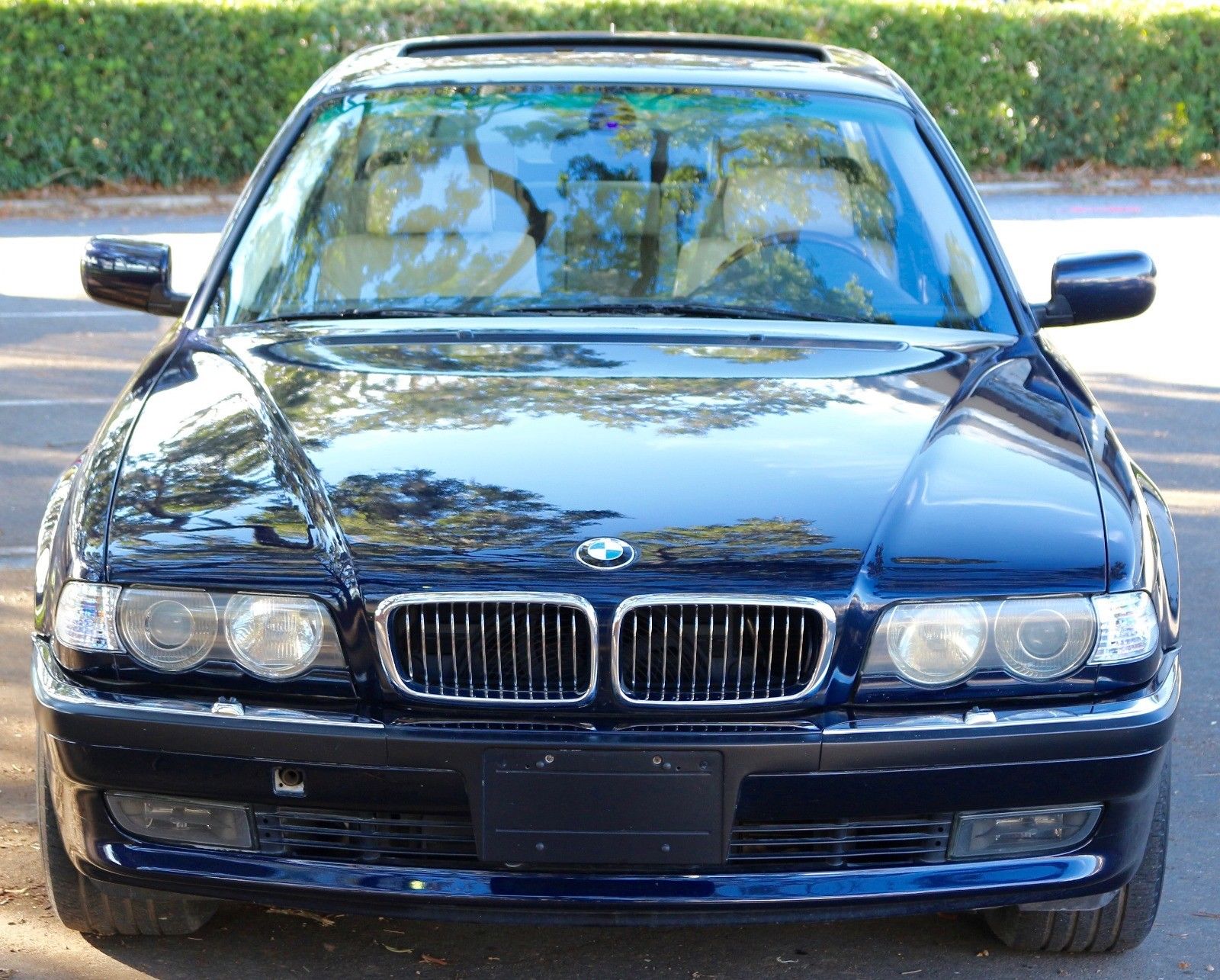It’s interesting to consider how enthusiasts today view the E36 M3. Generally speaking, you’re either a completely devoted fan who insists that the E36 is not only the best M3, but perhaps the best BMW ever made. Why stop there? Why not go straight for best car in the history of the world, ever? On the other side of the coin, detractors love to point out that the second M3 was softened up for the U.S. market, that it wasn’t as potent, as pure, as Motorsporty as the original curb-hopping, box-flared legend.
Arguably, they’re both right. It’s certainly true that BMW made the decision to tone down the M3 for North American consumption. That was a really good thing for two reasons: one, that we got it at all, and two, that it remained affordable. Consider, for a moment, that the E30 M3 had grown quite expensive to sport all of that motorsport heritage. By 1991, the base price of the M3 was $35,900. Of course, it was competing against even more expensive cars like the Porsche 944S2, which was a further $10,000 more dear. While we can talk about driving spirit all day long, if we look at the fact sheets what you got was a bit soggy in comparison to today’s cars. Inflation corrected, the M3 would be around $62,000 – pretty much spot on the entry price for today’s M3. The new car has more than double the horsepower of the original and enough tech to launch all of the Apollo program missions.
So what was really exciting when the new M3 was launched in late 1994 was that price point; $36,000. That was some $14,000 less expensive than the European model, and yet performance was within a few clicks thanks to a revised version of the 325i M50 engine. In fact, many – including notoriously BMW-savvy Car and Driver – suggested that the U.S. spec M3 was a better choice than the more exotic Euro model for our roads.
Today, the E36 M3 remains for many the smart choice within the lineup. Long overlooked as the obvious choice, prices have remained low relative to its predecessor and even its replacement. Modern comparisons often skip the E36 entirely. But that doesn’t mean you can’t get exotic performance and looks from the middle child:
